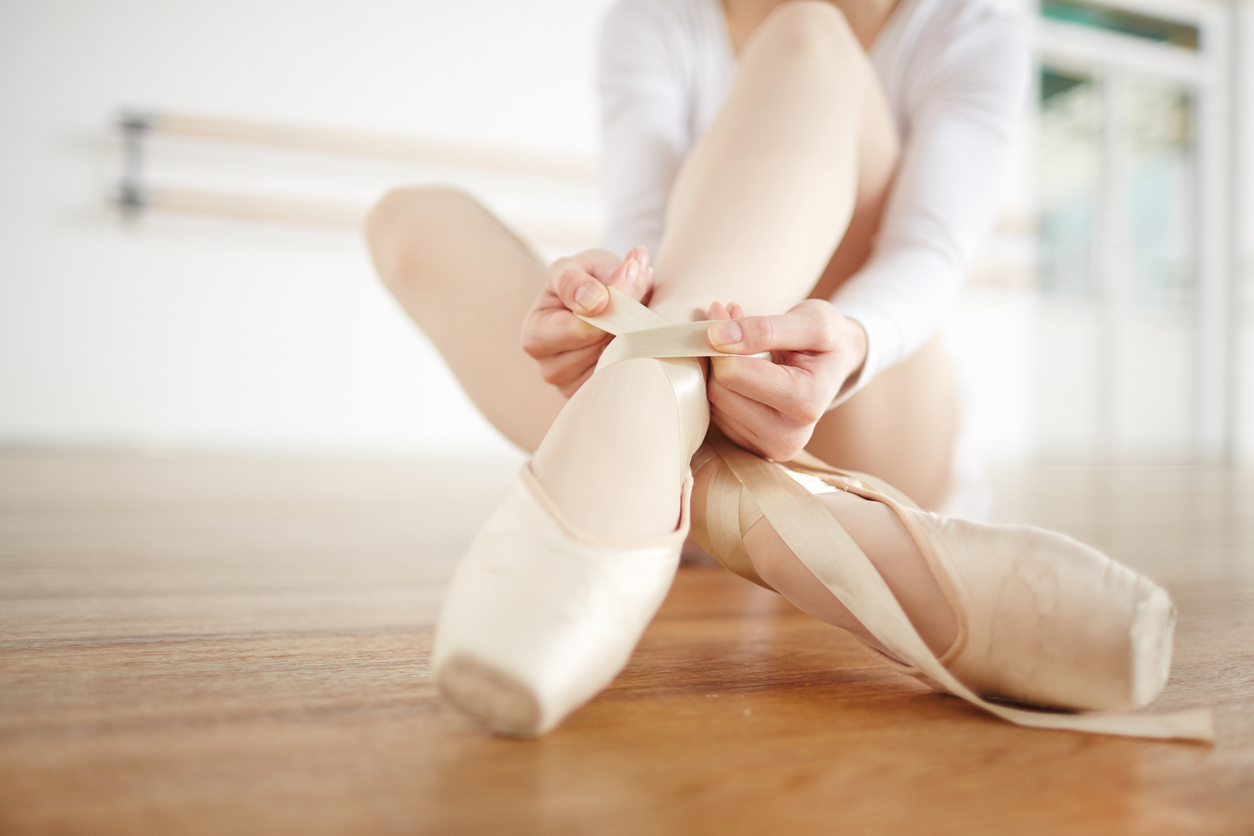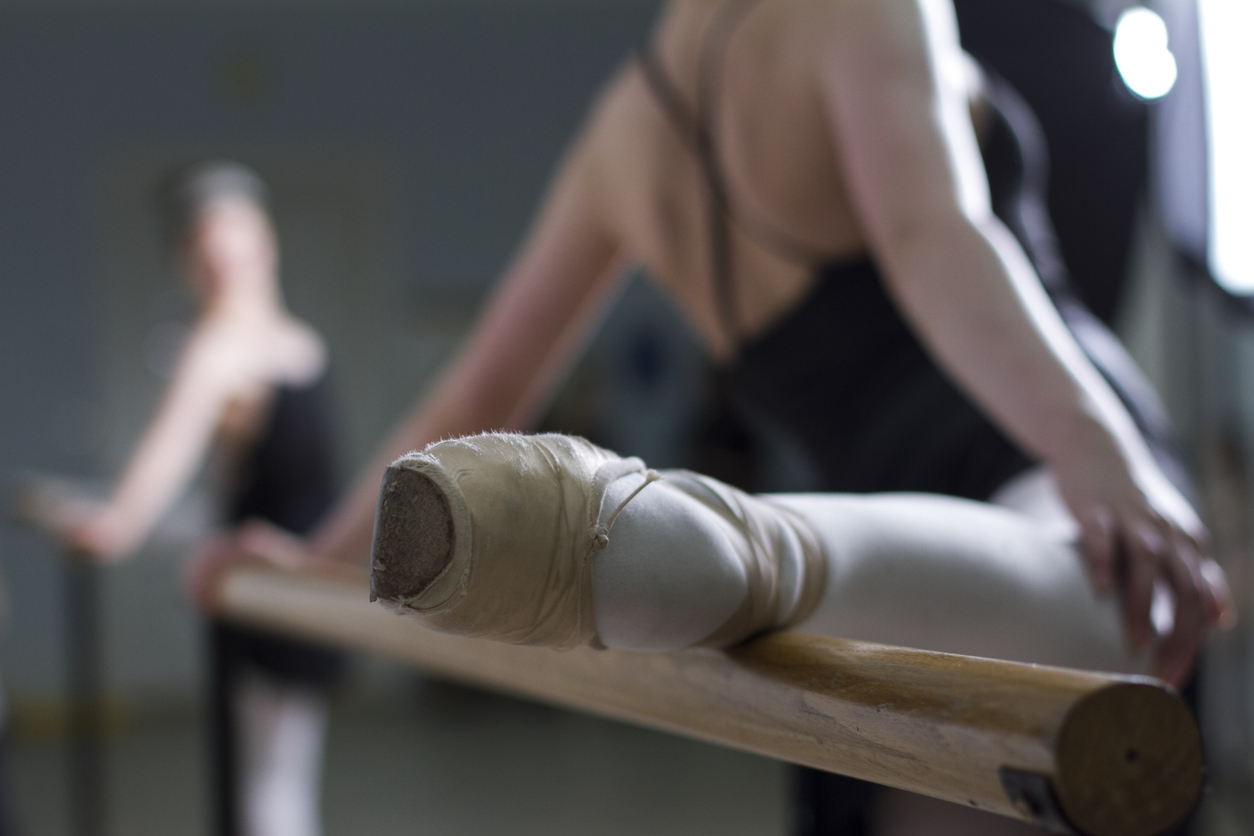Pointe shoes are designed to provide the support and alignment a ballet dancer needs for some of their most graceful movements. But many dancers who dance en pointe worry about damaging the appearance and condition of their toes. For some, it is possible to develop bunions as a result of this type of movement in the necessary shoes.
What is a bunion?
A bunion formally called a Hallux Valgus is an abnormality formed on the joint at the base of the big toe. It is actually a lump of bone that often becomes inflamed and red.
A bunion forms because of misalignment of the toe joint. The toe and its joint move inward, no longer aligning straight. But the problem does not often start with the big toe’s inward movement. Instead, it begins at the first metatarsal of the foot that attaches to this toe. The metatarsal improperly angles outward, forcing the toe inward.
For proper functioning of your foot, its many bones must stay aligned at the joints. The joint of the big toe is the junction of the first metatarsal and the toe’s close phalanx. It is when the first metatarsal moves away from the second metatarsal that a bunion forms at the joint. This foot bone actually rotates and drops down, not remaining correctly aligned. As the first metatarsal twists and moves, it forces the big toe’s tip to do so in the opposite direction.
As time progresses and you continue dancing en pointe, you can suffer more inflammation at the joint.
Why Bunions Form
Not all pointe dancers experience bunions. Some people are more likely than others to suffer the condition. Reasons why a bunion forms include:
- Hereditary in the females in your family
- Rolling in of your feet, called pronation
- Walking with your feet turned outward
- Muscle weakness in your big toe
- Intrinsic foot muscle weakness
- Leaning on your big toe in a tendu, particularly in second position or derriere
- Restricted pointe range
- Reduced big toe mobility on demi-pointe
Symptoms of Bunions
The symptoms of a bunion include:
- Changed alignment of your big toe
- Pain in your big toe joint when moving
- Restricted range of motion of demi-pointe
- Big toe joint inflammation
- Turning your big toe to one side
- Occasional bruising in your big toenail

Ballerina sitting on the floor of classroom and tying white satin ribbons around her ankles
Are bunions treatable?
Whether your bunions can be treated depends on what has led to their formation. But there are exercises your doctor can recommend to ensure proper alignment and better stability, both when wearing pointe shoes and as part of every day. Other treatments for bunions in dancers include:
- Wearing supportive shoes with adequate width and good arch support, avoiding shoes like ballet flats, flip flops and Ugg boots
- Realignment of the big toe through mobilization of the midfoot with taping and wearing well-padded shoes to ensure the toe stays in alignment
- Taping the first metatarsal back into proper position toward the second metatarsal, also correcting rotation and drop issues of the first metatarsal
- Wearing foam donut-shaped padding to take pressure off the outside of the big toe
It is important to learn why your bunion formed, in the first place, in order to properly treat the problem and prevent its progression. With proper medical care and attention to your foot’s alignment and support, you can dramatically improve your big toe’s appearance. This care can also reduce your pain. Of course, you should also never underestimate the importance of wearing properly fitted shoes for en pointe dance.
